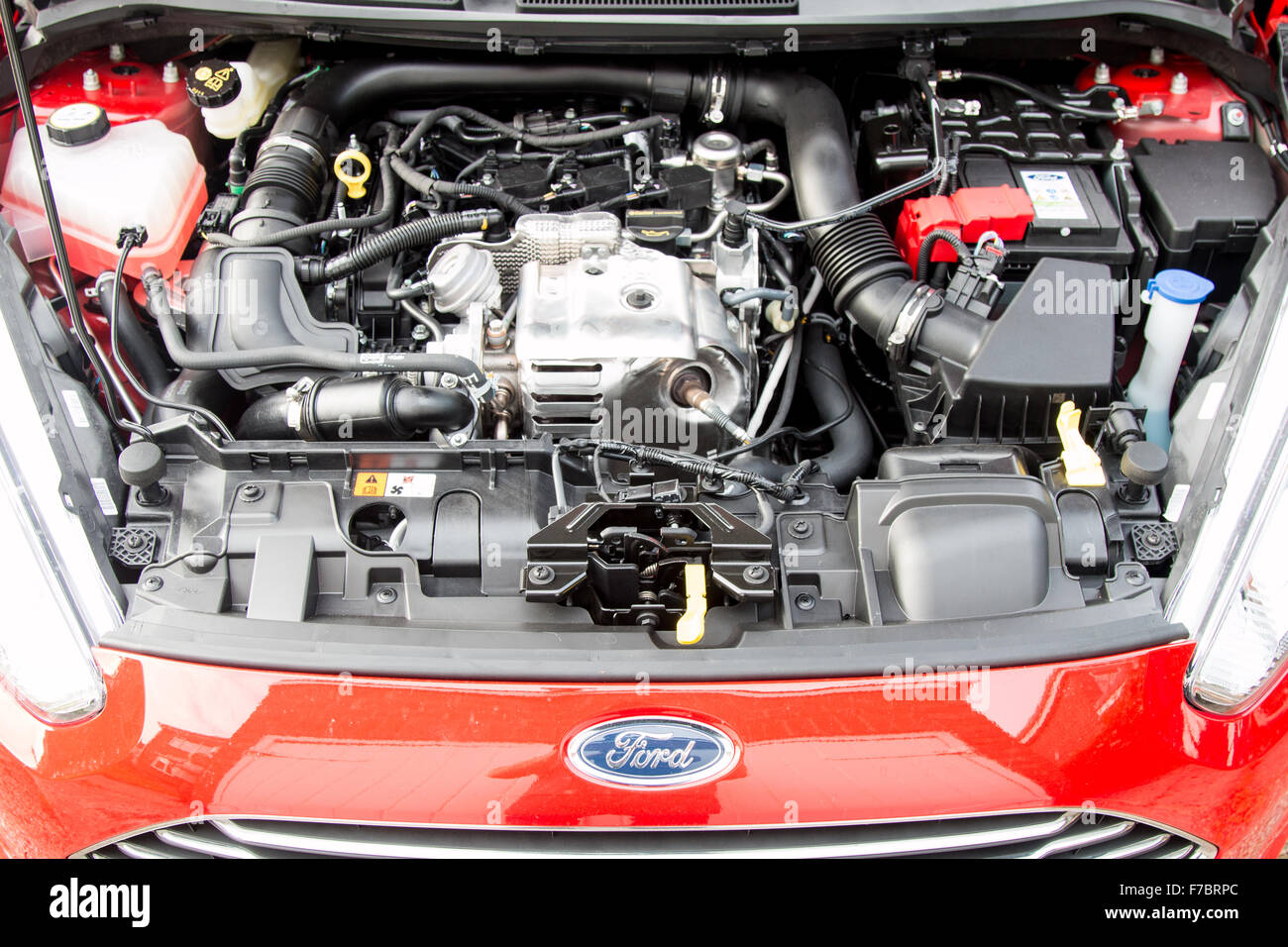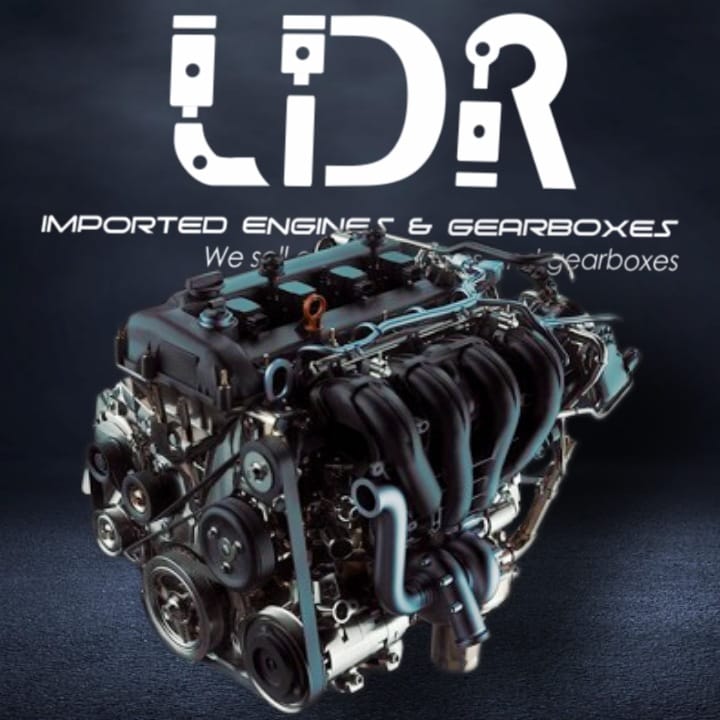Discovering the Evolution of Engines: From Classic Designs to Modern Marvels
The evolution of engine innovation represents a significant narrative in the background of development, marked by essential improvements that have continually redefined transport and market. From the initial vapor engines that powered the Industrial Transformation to the appearance of internal combustion engines that changed wheelchair, each phase has added to better effectiveness and capacity. Currently, the change to electric power indicates not only a technological change however also a wider dedication to ecological sustainability. As we analyze these milestones, one must consider just how the future of engine layout might unravel, challenging our understandings of power and efficiency.
The Birth of Engine Modern Technology
The introduction of engine technology marked a crucial minute in human advancement, transforming energy conversion and transportation. The earliest engines emerged from the need to harness mechanical power for useful use, causing the advancement of tools that transformed numerous energy types right into motion. The principle of the engine can be mapped back to ancient worlds, where easy machines, such as the waterwheel and windmill, utilized all-natural pressures to execute job. It was during the late 17th and early 18th centuries that substantial developments began to appear.
The growth of the interior burning engine and the development of the vapor engine catalyzed an extensive change in industrial capabilities. These engines not only improved performance however additionally broadened the extent of human mobility, allowing unprecedented transport possibilities. The early models prepared for the mechanized world, assisting in the surge of industries and improving social structures.
As engine designs evolved, they progressed and integrated cutting-edge products design concepts, paving the means for contemporary growths - ford fiesta engine. The birth of engine innovation sparked a relentless quest of performance and power, setting the stage for the dynamic advancement of transportation and industrial machinery that would comply with
Steam Engines and Their Effect

The steam engine's effect was particularly noticeable in the transport field (ford fiesta engine). Steam-powered locomotives helped with the fast movement of items and individuals throughout huge ranges, successfully shrinking the geographical barriers that had actually previously hindered profession and interaction. Steamships transformed marine travel, enabling for quicker and extra reputable crossings of oceans and rivers.
In sector, vapor engines powered factories, enabling automation and the rise of urban centers as hubs of financial task. This change not only changed labor characteristics but additionally contributed to the appearance of a consumer-driven society. Heavy steam technology cultivated innovations in engineering and production procedures, laying the foundation for future innovations in engine layout. The legacy of steam engines is profound, mirroring a turning point in human resourcefulness and the unrelenting pursuit of progression.
The Surge of Inner Combustion
Often eclipsing vapor power, the surge of inner combustion engines noted a transformative change in transport and market during the late 19th and early 20th centuries. The advancement of these engines, characterized by their capacity to melt fuel within the engine itself, enabled better effectiveness and power contrasted to traditional steam engines. Pioneering creators such as Nikolaus Otto and Rudolf Diesel played essential duties in developing engine designs, leading to widespread fostering in autos, watercrafts, and industrial equipment.
The internal combustion engine's portable dimension and relatively light-weight nature assisted in the introduction of personal vehicles, revolutionizing specific movement and reshaping metropolitan landscapes. By allowing faster traveling and the effective transport of products, these engines militarized financial growth and promoted globalization. The versatility of fuel options, consisting of gasoline and diesel, additionally enhanced their appeal, permitting varied applications throughout various fields.
Regardless of the ecological problems that would certainly later develop, the first attraction of inner combustion technology lay in its transformative possibility. As culture accepted this development, the foundation was laid for modern transportation systems, developing inner burning engines as a foundation of commercial development and every day life throughout the 20th century.
Developments in Engine Effectiveness
As inner burning engines came to be indispensable to transportation and industry, the focus moved in the direction of improving their effectiveness to satisfy expanding demands for efficiency and sustainability. Developments in engine style, material scientific research, and technology have substantially added to this evolution.
One major development is the development of turbocharging, which enables boosted air consumption, resulting in more complete gas combustion and improved power output without increasing the size of engine size. Additionally, variable valve timing systems have been implemented to enhance engine efficiency across different RPM ranges, therefore improving fuel effectiveness.
The utilization of advanced fuel injection innovations, such as straight shot, has also played a critical function. This method enables more specific control over the fuel-air mixture, promoting much better burning and decreasing exhausts. Furthermore, light-weight materials, including aluminum and composite components, have been taken on to decrease overall engine weight, advice bring about boosted effectiveness.
These developments mirror a broader pattern within the auto market, where the synergy between design advancement and environmental factors to consider drives the recurring quest for higher performance in internal combustion engines. Therefore, contemporary engines are now more effective, cleaner, and reliable than in the past, leading the way for an extra lasting future in transport.
The Change to Electric Power
With expanding concerns over environmental influence and nonrenewable fuel source reliance, the auto market is experiencing a significant shift towards electrical power. This shift is driven by a mix of technological advancements, regulative pressures, and altering consumer preferences. Electric vehicles (EVs) offer an engaging choice to standard internal combustion engines, flaunting lowered greenhouse gas exhausts and lower operating costs.
The surge of battery technology has been a video game changer, with lithium-ion batteries ending up being a lot more efficient and cost-effective. Improved energy thickness and faster billing abilities have Clicking Here made EVs extra practical for day-to-day usage. Moreover, governments worldwide are implementing rewards and establishing ambitious targets for eliminating fossil gas automobiles, thus increasing the adoption of electrical power.
As billing framework expands and battery innovation proceeds to boost, the change to electrical power is poised to reshape the automobile landscape, promoting sustainability and innovation in the years to come. The future of transportation is electric, and the momentum is obvious.
Final Thought
The evolution of engine modern technology represents a considerable trajectory of advancement that has profoundly affected transportation and industry. From the fundamental steam engines to the transformative inner burning engines, each development has actually added to enhanced mobility and financial growth. The present transition toward Bonuses electrical power emphasizes an essential dedication to sustainability, driven by innovations in battery innovation. This ongoing advancement not only mirrors changing societal needs but also highlights the potential for a cleaner and much more efficient future in engine design.
